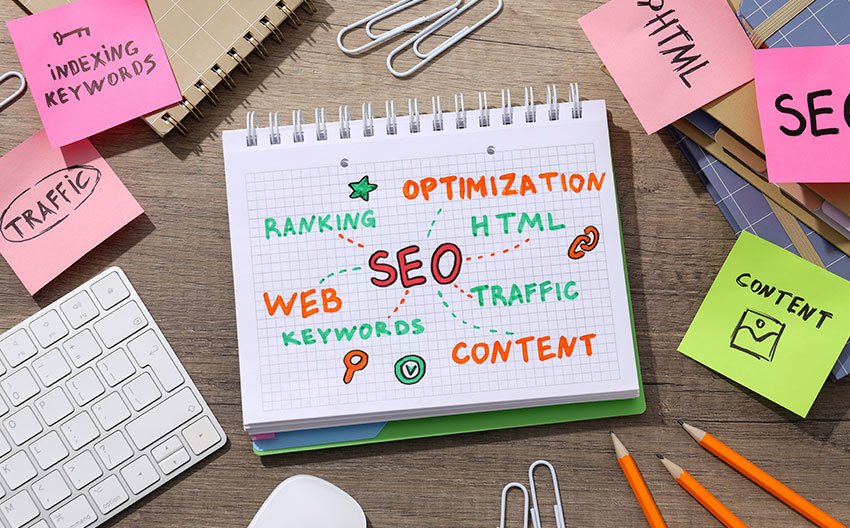
In today’s digital age, where visual stimulation is highly valued, photos and videos have emerged as the true heroes of the Internet. They have the power to astonish, narrate tales, arouse feelings, and turn a plain web page into a captivating user experience. Thus, it makes sense that we take the time to select the ideal photos for our websites and the online advertising of our events. However, are you aware of SEO image optimization’s hidden potential?
When utilized well, photographs become more than just eye-catching or decorative accents; they become effective tools that can improve user experience by bringing in more organic traffic to your website, drawing in a steady stream of visitors, and lengthening their stay. On the other hand, if improperly handled, they can become dead weight that degrades user experience, slows down your website, and reduces your online presence.
It is impossible to “load and forget” for this reason. A balance between aesthetic, technical, and strategic factors must be achieved when optimizing photos for search engines. We’ll demonstrate how to prioritize picture placement in this comprehensive tutorial, along with the additional benefits it can bring to your SEO tactics.


For SEO, why is image optimization so important?
Correct image optimization can offer substantial benefits in terms of SEO exposure in addition to enhancing the user experience, as was covered in the introduction above. Properly optimized images: Boost page loading speed, as it is crucial for Google positioning and user experience; help your website show up in results for visual searches; Boost user engagement and interactions. While less prevalent than traditional query searches, picture searches can nonetheless drive traffic to your website by drawing in users who are “captured” by the images on it and are looking for products or services. Naturally, this is only feasible if the SERP has the same photos. Let’s examine a few practical methods for this.- Importance of alt text in images
- Practical guide to image optimization
- File name and format
- Size, resolution and quality
- Loading speed





